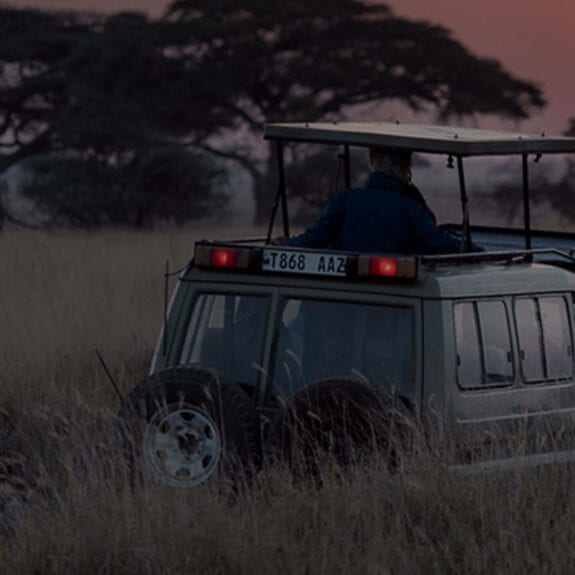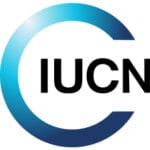
Who we are
Together, we work to advance sustainable development and create a just world that values and conserves nature.
Our Team

Ana Nieto
Head; Species Conservation Action

Dao Nguyen
Senior Programme Manager, Conservation Action

Sophie Hall
Manager; Partnership Development for Species Conservation Action

Anne Mugo
Grants Coordinator

Phurba Lhendup
Coordinator, Integrated Tiger Habitat Conservation Programme

Laure Montchamp
Senior Grants Officer

Elisa Facchini
Programme Officer

Faria Tarus
Programme Officer

Felicien Nyenty Achare
Programme Officer

Abigaile Randrianarijaona
Programme Officer

Camilla Chuard
Grants Officer

Zara Parian
Communications Officer

Anuska Joshi
Environmental and Social Management System Officer

Tracey Starke
Programme Officer

Juliette Limousin
Programme Associate

Johanna Reichen
Temporary Programme Officer
The International Union for Conservation of Nature

Created in 1948, IUCN is now the world’s largest and most diverse environmental network, harnessing the knowledge, resources and reach of our more than 1,400 Member organisations and 17,000 experts. This diversity and expertise makes IUCN the global authority on the status of the natural world and the measures needed to safeguard it.
We are a membership Union that brings government and civil society organisations together with a global network of experts. IUCN provides a neutral space in which diverse stakeholders including governments, NGOs, scientists, businesses, local communities, indigenous peoples organisations and others can work together to forge and implement solutions to environmental challenges and achieve sustainable development.
Working with many partners and supporters, IUCN implements a large and diverse portfolio of conservation projects worldwide. These projects combine the latest science with traditional knowledge of local communities to work to reverse habitat loss, restore ecosystems and improve people’s well-being.
